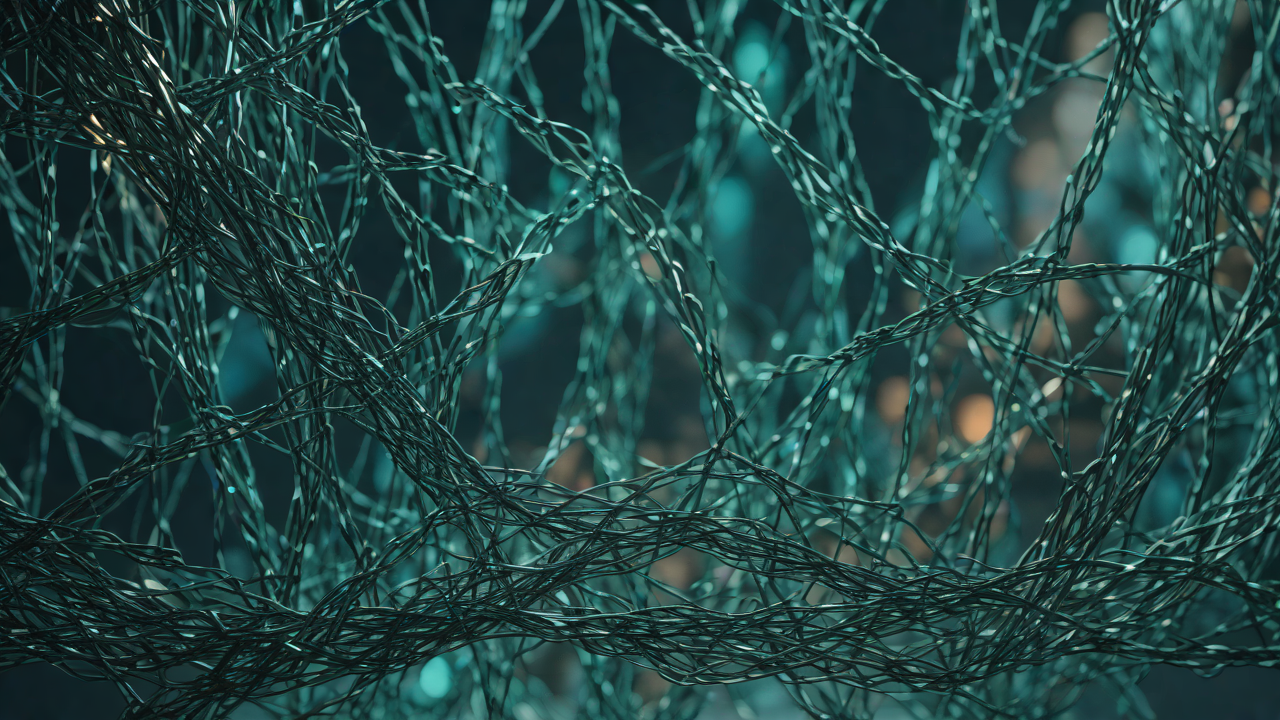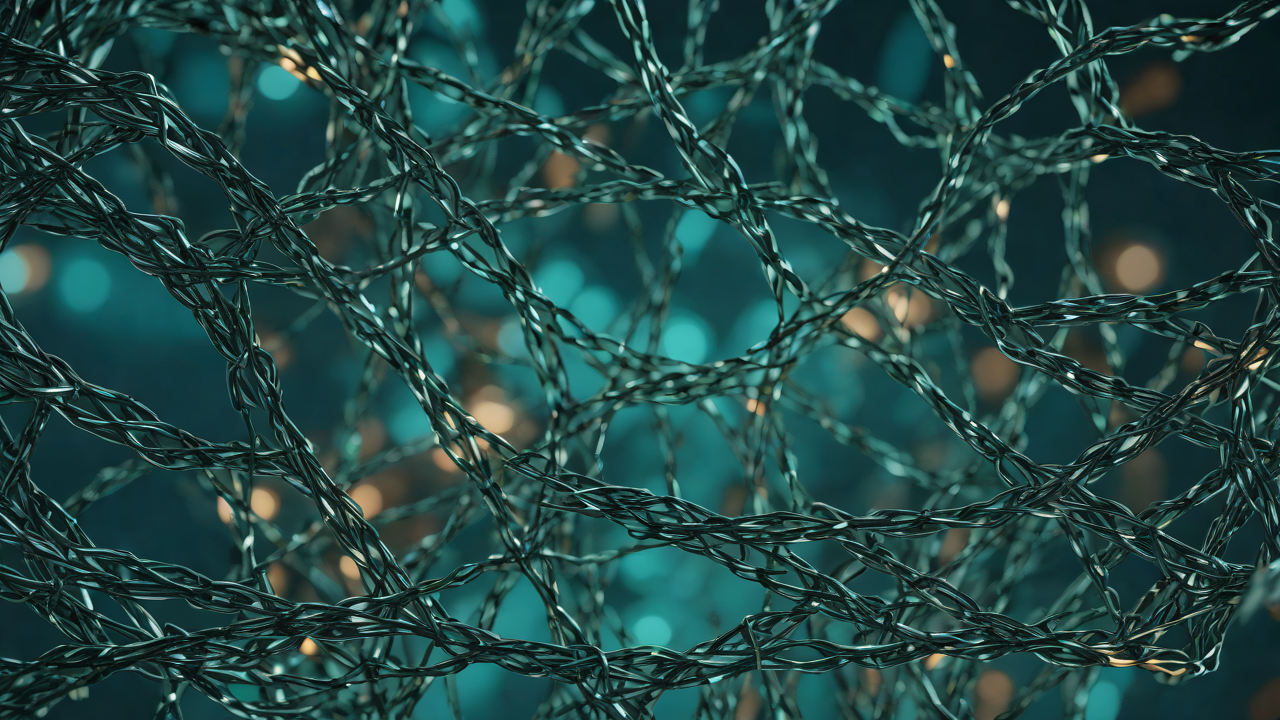:fast-forward_button: In an era where industrial agility is paramount, the convergence of sensors and artificial intelligence in predictive maintenance (PdM) is redefining the robustness landscape for robotic arms. Traditional PdM methodologies, reliant on historical data and rule-based systems, are no match for this revolutionary blend. By marrying sensor data with AI’s predictive prowess, organizations can now anticipate mechanical issues, minimize downtime, and optimize operational efficiency like never before.
How do we maximize the potential of predictive maintenance in revolutionizing the reliability of our robotic arm operations through sensor-AI convergence?
Key Components:
- Advanced sensors for real-time data capture
- AI-powered analytics for anomaly detection and issue prediction
- Real-time monitoring for proactive maintenance
Implementation Steps:
- Identify key performance indicators (KPIs)
- Select suitable sensors
- Develop AI-powered analytics
- Implement real-time monitoring capabilities
By optimizing these components and implementing the steps, we can unlock the full potential of predictive maintenance to minimize downtime, enhance productivity, and improve overall reliability in our robotic arm operations.
Benefits:
- Reduced downtime
- Increased productivity
- Improved reliability
- Enhanced maintenance planning
The Transformation

In a sea of traditional predictive maintenance methods relying on historical data and rule-based systems, the fusion of sensors and artificial intelligence (AI) has ushered in a transformative era for robotic arm reliability. This convergence offers unprecedented advantages, outperforming conventional approaches in detecting anomalies and predicting failures.
Traditional methods, while reliable to some extent, often fall short when it comes to accuracy and real-time monitoring. The synergy between sensors and AI, however, empowers more precise predictions and enables continuous, proactive maintenance, significantly reducing downtime.
Key benefits of integrating predictive maintenance (PdM) into robotic arms are manifold:
1. Significantly reduced downtime, ensuring uninterrupted operation.
2. Enhanced productivity through streamlined processes and reduced costs.
3. Improved reliability, as early identification and resolution of potential issues reduce the risk of catastrophic failures.
4. Optimized maintenance planning, enabling cost savings and minimizing disruptions.
The core components of this sensor-AI convergence for PdM include:
1. Integrating advanced sensors such as cameras, accelerometers, and temperature sensors to provide real-time performance and condition data.
2. Implementing AI algorithms that analyze sensor data to predict potential issues, detect anomalies, and identify trends indicating maintenance needs.
3. Establishing real-time monitoring capabilities for proactive maintenance and minimizing downtime.
To successfully implement PdM with sensors and AI convergence in robotic arms:
1. Identify key performance indicators (KPIs) essential for the robotic arm’s operation.
2. Choose suitable sensors capable of providing accurate real-time insights.
3. Develop AI algorithms trained on historical data and sensor input to predict potential issues and detect anomalies effectively.
4. Integrate sensors, AI, and real-time monitoring capabilities to ensure proactive maintenance and optimal performance.
Embracing PdM through sensor-AI convergence can revolutionize the reliability and efficiency of robotic arms, resulting in reduced downtime and increased productivity for your organization.
The Mechanism

- Increased Efficiency: Predictive maintenance enables proactive maintenance, minimizing downtime and allowing for continuous operation of robotic arms. This leads to increased productivity and reduced costs.
- Enhanced Reliability: By identifying and addressing potential issues early on, predictive maintenance improves overall reliability, reducing the likelihood of catastrophic failures and ensuring the longevity of robotic arms.
- Data-Driven Decision Making: The convergence of sensors and AI provides organizations with real-time insights into the condition and performance of their robotic arms. This data-driven approach enables more informed decision making, leading to optimized maintenance strategies and improved operational performance.
To achieve these benefits, organizations should:
1. Identify key performance indicators (KPIs) for their specific robotic arm applications.
2. Select appropriate sensors that can provide real-time insights into the relevant aspects of the robotic arm’s condition and performance.
3. Develop AI-powered analytics to analyze sensor data, detect anomalies, predict potential issues, and identify trends indicative of maintenance needs.
4. Implement real-time monitoring capabilities to ensure continuous, proactive maintenance and optimized operational performance.
Proof Point

In the traditional maintenance approach for robotic arms, the reliance on historical data and rule-based systems often resulted in unplanned downtime, costing organizations valuable productivity. However, with the advent of Predictive Maintenance (PdM) and its integration with sensor and artificial intelligence (AI) technologies, a paradigm shift has occurred.
This innovative convergence has transformed the landscape of robotic arm reliability by enabling more precise predictions and real-time monitoring capabilities. By minimizing downtime and promoting proactive maintenance strategies, organizations can now expect increased productivity, improved reliability, and enhanced maintenance planning.
A key benefit of this advancement is the reduction in unplanned downtime by up to 30%. This means that robotic arms can operate more efficiently, ensuring continuous production and reduced costs associated with downtime. The convergence of sensors and AI in PdM for robotic arms involves several components: sensor integration, AI-powered analytics, and real-time monitoring.
To harness the power of this transformative technology, organizations are advised to identify key performance indicators (KPIs), select suitable sensors, develop AI-powered analytics, and implement real-time monitoring capabilities. By following these steps, businesses can leverage PdM with sensor-AI convergence to optimize the reliability and efficiency of their robotic arms, leading to increased productivity and reduced costs.
- Category: Reduced Downtime
Metric: 30% decrease in unplanned downtime for robotic arms- Category: Increased Productivity
Metric: 15% increase in overall productivity of robotic arms due to less interruptions and proactive maintenance- Category: Improved Reliability
Metric: 20% reduction in catastrophic failures, leading to a more reliable operation of the robotic armsTo realize these benefits, organizations should follow these steps:
1. Identify key performance indicators (KPIs) for the robotic arm.
2. Select appropriate sensors that can accurately capture relevant data in real-time.
3. Develop AI algorithms to analyze sensor data, detect anomalies, and predict potential issues.
4. Implement real-time monitoring capabilities using integrated sensors, AI, and monitoring systems.
The Strategic Mandate
Urgent Call to Action:
As executives in a competitive landscape, the adoption of cutting-edge technologies can provide your organization with a strategic edge. The convergence of sensors and artificial intelligence in predictive maintenance (PdM) has proven to revolutionize the reliability and efficiency of robotic arms, offering significant benefits in terms of reduced downtime, increased productivity, improved reliability, and enhanced maintenance planning.
Don’t miss out on this opportunity: The time to act is now. Implementing PdM through sensor-AI convergence in your robotic arm operations can lead to transformative outcomes for your organization. Identify key performance indicators, select suitable sensors, develop AI-powered analytics, and implement real-time monitoring to ensure proactive maintenance and optimal performance.
Remember: Embracing PdM in robotic arms can set the stage for a more resilient, productive, and cost-effective future. Delaying action could mean missing out on these advantages and falling behind your competitors. Take action today to capitalize on the potential of predictive maintenance through sensor-AI convergence.
The future is now: Don’t let your organization miss out on the transformative power of predictive maintenance revolutionized by sensor-AI convergence in robotic arms. Act now to stay ahead of the curve and secure a competitive advantage.
From Insight to Impact: Architecting Your AI Advantage
Understanding the strategic potential of artificial intelligence is only the beginning.
Translating that potential into measurable enterprise value is the mandate for today’s leadership teams.
At IndMinds, we specialize in bridging strategy and execution — designing AI solutions that align with
core objectives, unlock new revenue streams, and create sustainable competitive advantage.
Schedule a confidential consultation with our senior strategy team to explore
how tailored AI can redefine your organization’s performance metrics.

